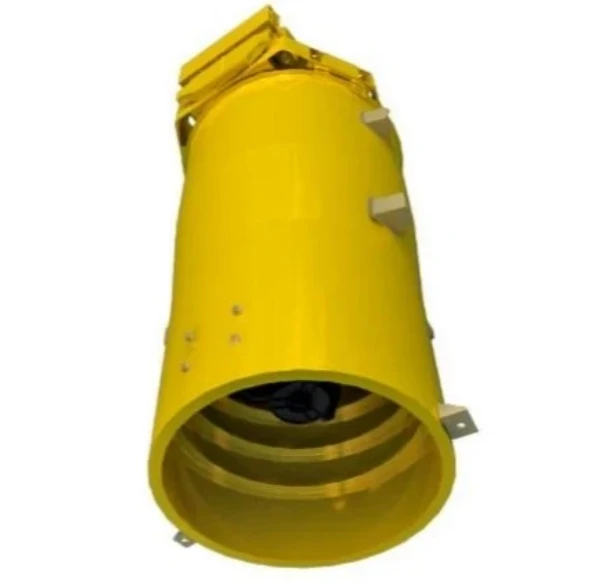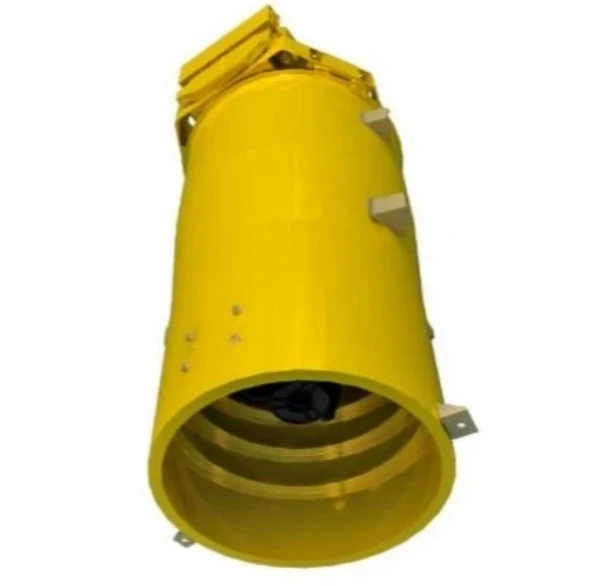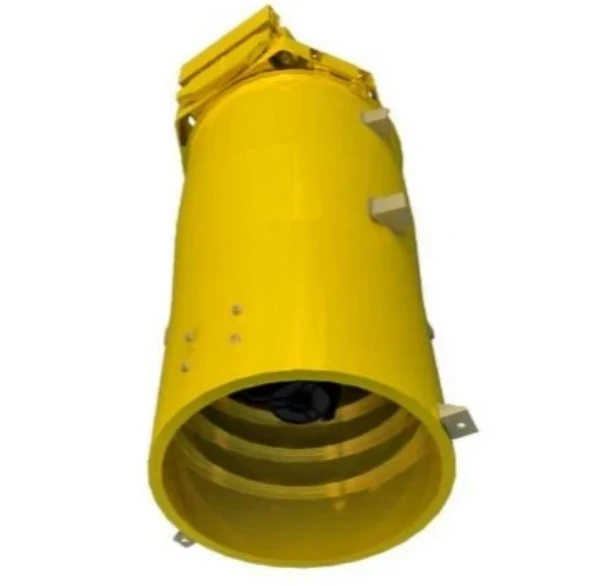
- Afrikaans
- Albanian
- Amharic
- Arabic
- Armenian
- Azerbaijani
- Basque
- Belarusian
- Bengali
- Bosnian
- Bulgarian
- Catalan
- Cebuano
- China
- Corsican
- Croatian
- Czech
- Danish
- Dutch
- English
- Esperanto
- Estonian
- Finnish
- French
- Frisian
- Galician
- Georgian
- German
- Greek
- Gujarati
- Haitian Creole
- hausa
- hawaiian
- Hebrew
- Hindi
- Miao
- Hungarian
- Icelandic
- igbo
- Indonesian
- irish
- Italian
- Japanese
- Javanese
- Kannada
- kazakh
- Khmer
- Rwandese
- Korean
- Kurdish
- Kyrgyz
- Lao
- Latin
- Latvian
- Lithuanian
- Luxembourgish
- Macedonian
- Malgashi
- Malay
- Malayalam
- Maltese
- Maori
- Marathi
- Mongolian
- Myanmar
- Nepali
- Norwegian
- Norwegian
- Occitan
- Pashto
- Persian
- Polish
- Portuguese
- Punjabi
- Romanian
- Russian
- Samoan
- Scottish Gaelic
- Serbian
- Sesotho
- Shona
- Sindhi
- Sinhala
- Slovak
- Slovenian
- Somali
- Spanish
- Sundanese
- Swahili
- Swedish
- Tagalog
- Tajik
- Tamil
- Tatar
- Telugu
- Thai
- Turkish
- Turkmen
- Ukrainian
- Urdu
- Uighur
- Uzbek
- Vietnamese
- Welsh
- Bantu
- Yiddish
- Yoruba
- Zulu
Satellite Networks and Platforms: Key Structures in Remote Sensing
Satellite technology has become integral in modern communication, navigation, and remote sensing. Satellite networks and platforms play an essential role in providing reliable data collection and transmission capabilities. As technology continues to evolve, understanding the different components that make up these systems, such as the satellite platform, satellite network, and satellite bus structure, becomes increasingly important.
What is a Satellite Network?
A satellite network refers to a system of satellites working together to provide global communication, data transmission, and remote sensing services. These networks often consist of multiple satellites positioned in different orbits around Earth. They can be used for various applications such as weather forecasting, global positioning, or internet services. Satellite networks enable high-capacity data exchange over vast distances, providing coverage to areas that traditional terrestrial infrastructure might not reach.
A satellite network includes not only the satellite platforms themselves but also the ground stations that communicate with them. The effectiveness of such a network depends on the coordination of the satellites, their orbits, and the technology used to transmit data. This interconnected system allows for real-time data transmission and remote monitoring, making it an essential tool in fields like remote sensing and environmental monitoring.
Understanding the Satellite Platform in Remote Sensing
In the context of remote sensing, a satellite platform serves as the base on which various remote sensing instruments are mounted. This platform provides the structural support and power needed for the satellite to function in space. A satellite platform is designed to house not only the sensors used for observing Earth but also the systems that control the satellite’s operations, including power management and data processing.
Remote sensing satellites often carry multiple types of instruments, such as radar, cameras, or spectrometers, which collect data on Earth's surface, weather, or climate. The satellite platform ensures these instruments remain stable and functional, even in harsh space environments. Its design is crucial for the satellite’s longevity and the accuracy of the data it gathers.
The Role of Satellite Bus in Space Operations
A satellite bus is the backbone of a satellite platform. It refers to the set of systems responsible for the satellite's operations, including power generation, thermal control, communication, and propulsion. The satellite bus structure includes components such as solar panels, batteries, and control systems, which are vital for maintaining the satellite's performance in orbit.
The satellite bus is often the most critical part of the platform for ensuring longevity and efficiency. The bus is designed to handle environmental factors like temperature fluctuations and radiation exposure, keeping the satellite functional for long periods. The design of the satellite bus structure can vary depending on the mission and payload requirements, but it generally ensures that all satellite functions run smoothly while minimizing risks.
Platform Satellite: A Comprehensive Overview
A platform satellite refers to the idea of a satellite designed to be flexible enough to support a variety of payloads for different types of missions. These satellites are modular, allowing for easy customization based on mission-specific needs, such as communication, earth observation, or scientific research.
A platform satellite is highly adaptable because it can carry different types of instruments and sensors. The core satellite platform can be customized to include different payloads depending on the objectives of the mission, making it a cost-effective solution for multiple applications. This adaptability is a key feature that distinguishes platform satellites from more specialized satellites used for single-purpose missions.
Satellite Bus Structure: The Heart of Satellite Operations
The satellite bus structure is an integral component of the satellite’s overall architecture. This structure houses essential systems like power generation, propulsion, thermal management, and communication. It provides the necessary environment for the satellite’s electronic and mechanical systems to operate in the harsh conditions of space.
The satellite bus structure ensures that the satellite can withstand the extreme temperatures and radiation levels found in space while maintaining the functionality of the satellite’s payload. As technology advances, satellite buses are becoming increasingly efficient, offering longer lifespans and more reliable service, which is essential for mission success.
Satellite platform FAQs
What is the main function of a satellite network?
A satellite network primarily functions to provide global coverage for communication, navigation, and remote sensing applications. It allows for seamless data transmission over large distances and ensures connectivity in remote areas, where traditional terrestrial infrastructure is unavailable.
How does the satellite platform contribute to remote sensing?
The satellite platform plays a crucial role in remote sensing by supporting the instruments used to capture Earth’s surface data. It provides the necessary power, stability, and structure for remote sensing instruments like cameras, radars, and spectrometers to operate effectively.
What is the importance of the satellite bus in satellite operations?
The satellite bus is important for satellite operations because it manages all the satellite's essential functions. This includes power management, communication, thermal control, and propulsion. The bus ensures the satellite remains operational in space for extended periods.
What makes a platform satellite different from other satellites?
A platform satellite is different from specialized satellites because it is designed to carry different payloads depending on the mission. This modularity allows platform satellites to be adapted for various applications, such as communications, Earth observation, or scientific research.
What is included in a satellite bus structure?
The satellite bus structure includes components like solar panels, batteries, thermal control systems, propulsion systems, and communication equipment. These components work together to ensure the satellite operates efficiently and remains functional during its mission in space.











